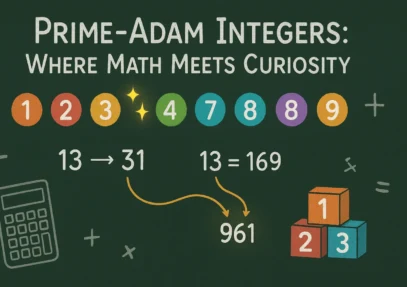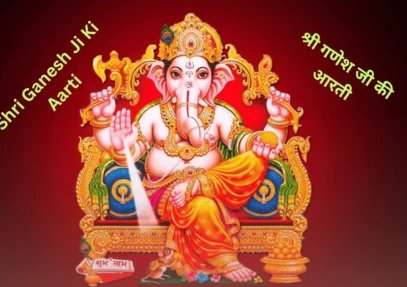Identify the missing number: 3, 6, 18, 72, ___, 288
Books That Broaden Perspectives: A Thoughtful Selection 1. “Sapiens: A Brief History of Humankind” by Yuval Noah Harari Why it broadens perspective: Offers a sweeping, interdisciplinary look at human history, combining anthropology, biology, and economics to question how societies and civilizationsRead more
Books That Broaden Perspectives: A Thoughtful Selection
1. “Sapiens: A Brief History of Humankind” by Yuval Noah Harari
Why it broadens perspective: Offers a sweeping, interdisciplinary look at human history, combining anthropology, biology, and economics to question how societies and civilizations evolved.
Unique insight: Challenges the reader to rethink human progress, culture, and the meaning of happiness.
2. “Thinking, Fast and Slow” by Daniel Kahneman
Why it broadens perspective: Explores the dual systems of human thought — intuitive vs. analytical — shedding light on cognitive biases and decision-making.
Unique insight: Reveals how our minds work and why we often err, fostering self-awareness and critical thinking.
3. “The Art of Happiness” by the Dalai Lama and Howard Cutler
Why it broadens perspective: Combines Eastern philosophy and Western psychology to explore what true happiness means.
Unique insight: Encourages empathy, compassion, and mindfulness as tools for personal and collective growth.
4. “Guns, Germs, and Steel” by Jared Diamond
Why it broadens perspective: Investigates the environmental and geographical reasons behind the unequal development of human societies.
Unique insight: Challenges simplistic explanations of history, emphasizing complex global interconnections.
5. “The Stranger” by Albert Camus
Why it broadens perspective: A philosophical novel exploring absurdism and existentialism.
Unique insight: Invites readers to confront meaning, alienation, and individual freedom in a seemingly indifferent universe.
6. “Born a Crime: Stories from a South African Childhood” by Trevor Noah
Why it broadens perspective: A memoir blending humor and tragedy, revealing the complexities of apartheid and post-apartheid South Africa.
Unique insight: Offers a deeply personal view of systemic racism, identity, and resilience.
7. “The Second Sex” by Simone de Beauvoir
Why it broadens perspective: Foundational feminist text analyzing the social construction of gender.
Unique insight: Provokes rethinking of gender roles, equality, and personal freedom.
8. “Meditations” by Marcus Aurelius
Why it broadens perspective: Stoic philosophy from a Roman emperor’s personal reflections on life, duty, and virtue.
Unique insight: Promotes resilience, ethical living, and clarity of thought.
9. “The Book Thief” by Markus Zusak
Why it broadens perspective: A historical novel narrated by Death, exploring humanity during WWII.
Unique insight: Highlights the power of words and the complexity of human morality amid conflict.
10. “Invisible Man” by Ralph Ellison
Why it broadens perspective: Addresses African American identity and invisibility in society.
Unique insight: Unpacks race, individuality, and social injustice in mid-20th-century America.
Why These Books Expand Worldviews
Cross-cultural understanding: They expose readers to diverse histories, philosophies, and social realities.
Critical thinking: They challenge ingrained biases and encourage questioning assumptions.
Emotional intelligence: They foster empathy through personal stories and ethical reflections.
Philosophical depth: They engage with existential questions about meaning, identity, and society.
How to Approach These Books for Maximum Impact
Read actively: Take notes, reflect on themes, and connect ideas to current world events.
Discuss with others: Sharing perspectives enriches understanding.
Apply insights: Let the ideas inform your personal and professional life.







360 is the missing number
360 is the missing number
See less